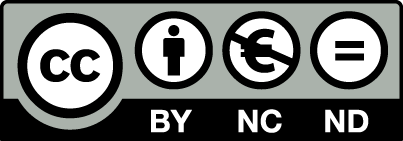Zusammenfassung:
The recent development of cold-hardy and disease-resistant grape cultivars have enabled rapid expansion of the wine industry in northern states in the United States. As the nascent enterprises seek sustainable profitability, it is important to understand what factors are making the industry sustainable. Using the primary dataset collected in 2012 from 82 wineries currently operating across 10 northern states, this study examines how state-level policies are influencing the revenue of the emerging wine industry. OLS and quantile regression methods are employed to account for heterogeneous effects of policy instruments on sales of wineries. The empirical results show that policies directed at the wine industry have heterogeneous effects on the revenue streams of wineries depending on the location of a winery along the revenue distribution curve of wineries in northern U.S. states.

